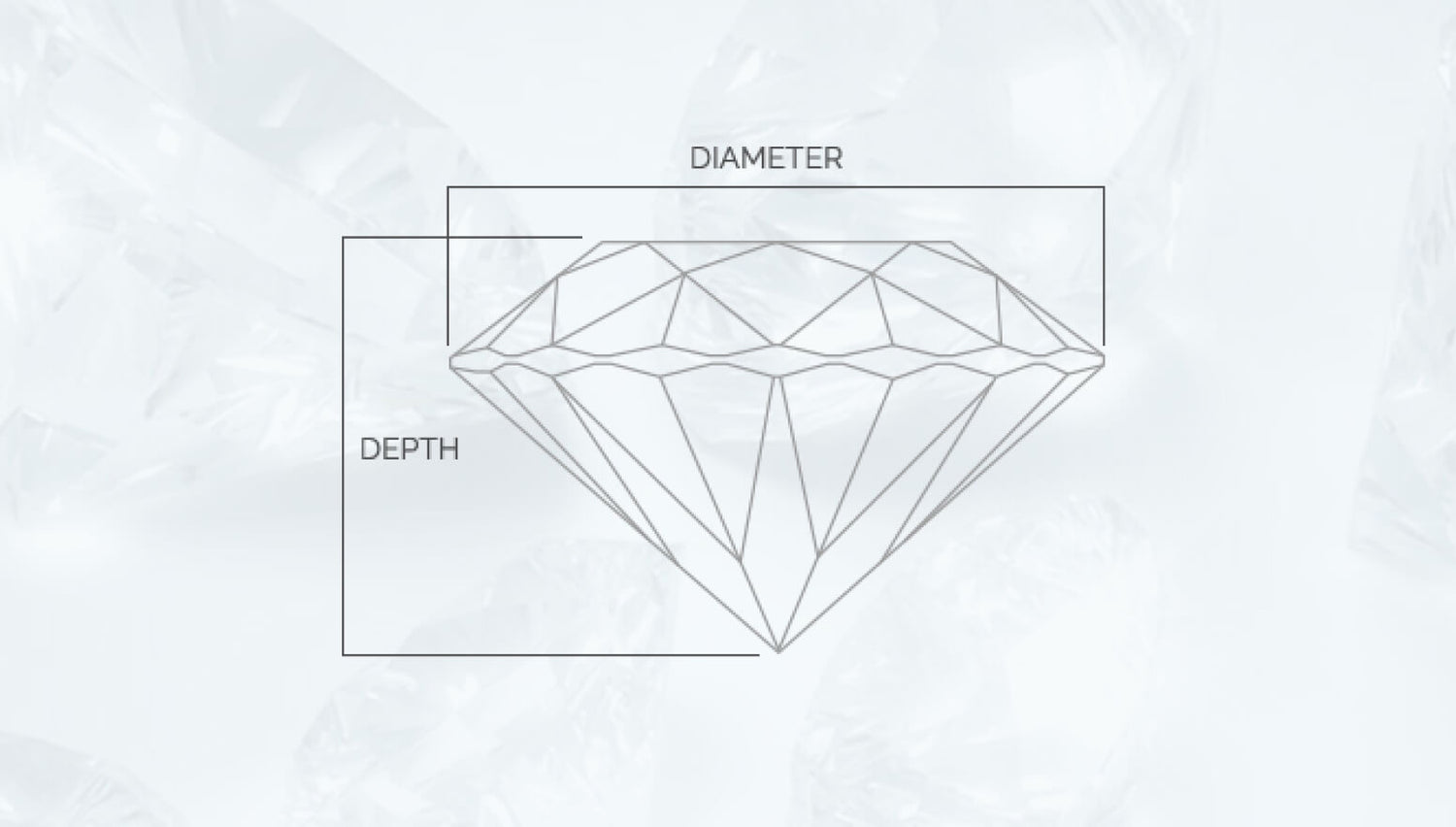When studying a diamond, it's crucial to understand each of its different parts. Think of a fine diamond like a powerful car engine—its brilliance comes from all parts working in harmony. The better aligned these parts are, the more fire, scintillation, and value the diamond holds. Below is a map of a diamond, detailing its key components and their relationships.





















































